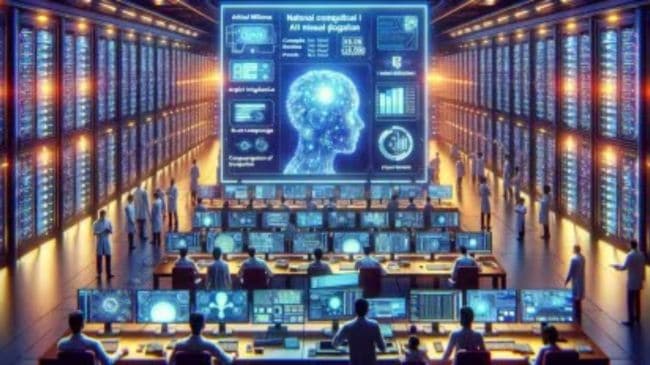Introduction
Machine learning has become one of the most talked-about technologies in recent times. It has found applications in many fields, including healthcare, finance, and retail. One area where machine learning has seen rapid growth is in embedded systems. This article is a beginner’s guide to machine learning for embedded systems.
What are embedded systems?
Embedded systems are computer systems that are built into other devices and perform specific functions. They are designed to be low-cost, low-power, and small in size. Examples of embedded systems include microwave ovens, washing machines, and digital cameras.
What is machine learning?
Machine learning is a subset of artificial intelligence that involves training computers to perform tasks without being explicitly programmed to do so. Instead, the computer is trained on a dataset and learns from that dataset. The goal of machine learning is to enable computers to learn from data and make predictions or decisions based on that data.
Why use machine learning in embedded systems?
Embedded systems are becoming more complex, and machine learning can help them become more intelligent. Machine learning algorithms can be used to optimize system performance, reduce power consumption, and enhance user experience.
Machine learning algorithms for embedded systems
There are several machine learning algorithms that can be used in embedded systems. These include decision trees, neural networks, support vector machines, and k-nearest neighbors. Each algorithm has its strengths and weaknesses, and the choice of algorithm depends on the specific use case.
Data preprocessing for machine learning in embedded systems
Data preprocessing is an important step in machine learning. It involves cleaning and transforming raw data into a format that can be used by machine learning algorithms. In embedded systems, data preprocessing can help reduce power consumption and optimize system performance.
Training machine learning models for embedded systems
Training machine learning models requires a dataset that is representative of the problem domain. The dataset is split into training and testing sets, and the model is trained on the training set. The performance of the model is evaluated on the testing set.
Deploying machine learning models in embedded systems
Deploying machine learning models in embedded systems requires careful consideration of system constraints. The size and complexity of the model must be optimized to fit within the constraints of the system.
Examples of machine learning in embedded systems
Machine learning is being used in a variety of embedded systems. For example, it is being used in autonomous vehicles to detect obstacles and navigate through traffic. It is also being used in smart homes to optimize energy consumption and enhance user experience.
Challenges in machine learning for embedded systems
Machine learning in embedded systems comes with its own set of challenges. These include power consumption, memory constraints, and real-time processing requirements.
Future of machine learning in embedded systems
The future of machine learning in embedded systems is bright. As embedded systems become more complex and connected, machine learning will play an increasingly important role in optimizing system performance and enhancing user experience.
Conclusion
Machine learning has the potential to revolutionize the way embedded systems are designed and built. By enabling systems to learn from data and make decisions based on that data, machine learning can help optimize system performance, reduce power consumption, and enhance user experience.









Leave a Reply